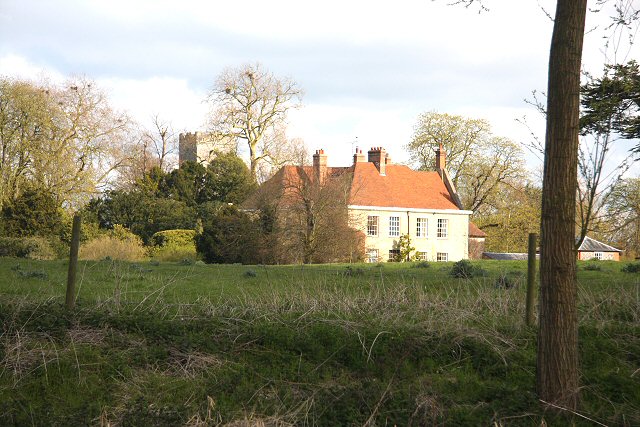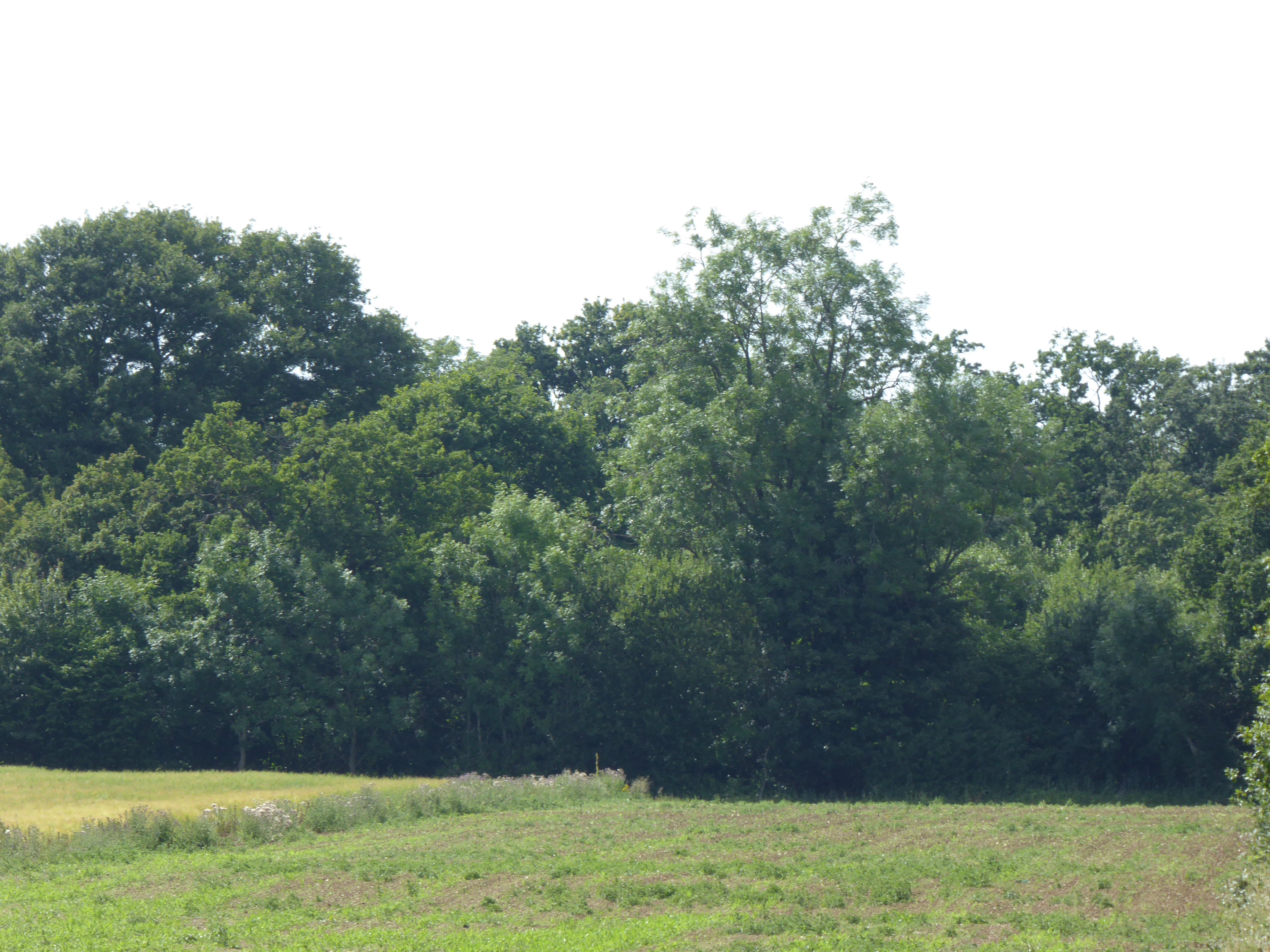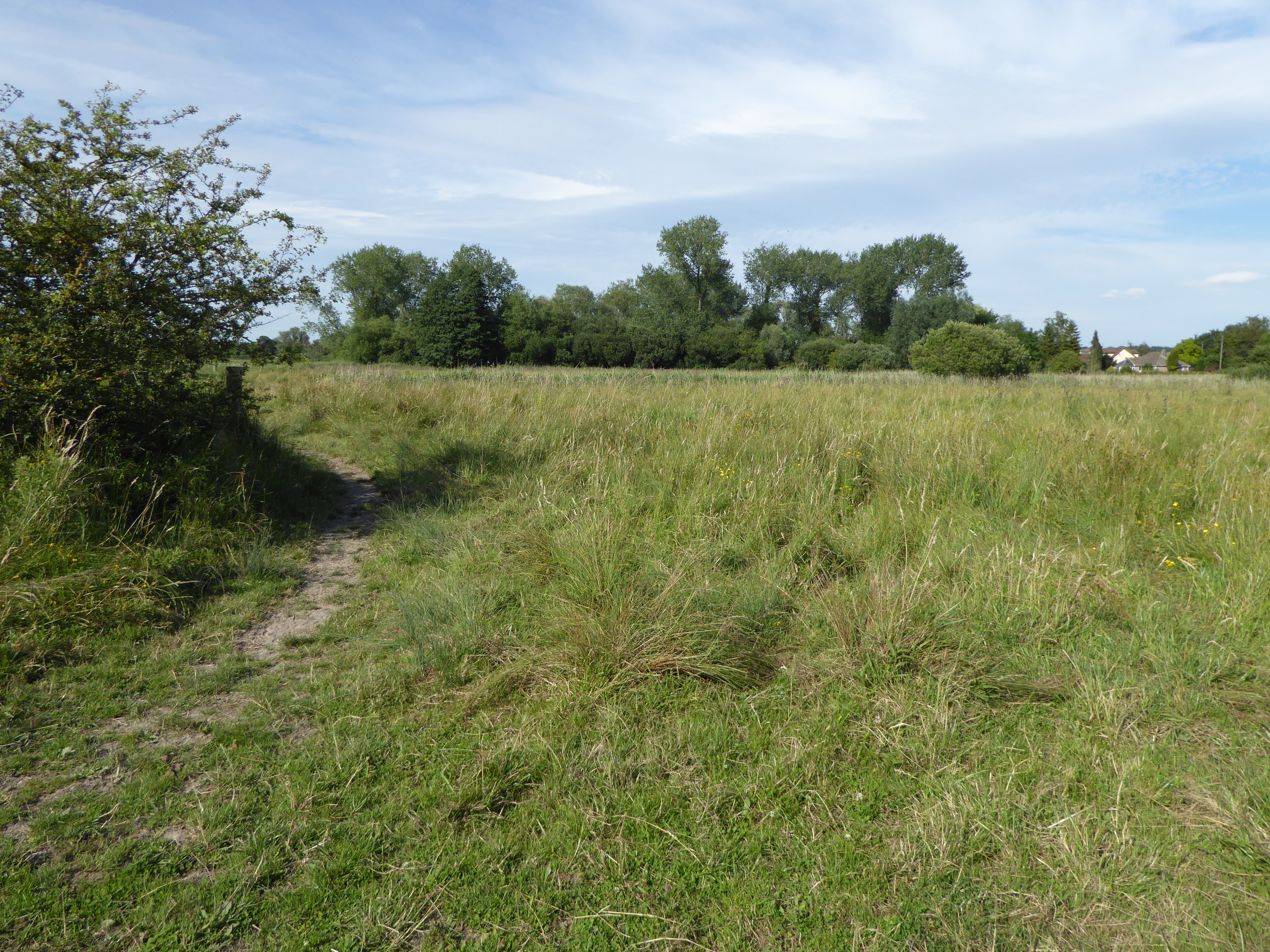Potter's Plantation
Wood, Forest in Suffolk West Suffolk
England
Potter's Plantation

Potter's Plantation, located in Suffolk, is a captivating woodland area that offers a serene and picturesque experience for nature enthusiasts. Covering a vast expanse of land, this forested plantation boasts an impressive array of trees, creating a lush and vibrant environment. The plantation is particularly famous for its diverse collection of oak, beech, and pine trees, which dominate the landscape.
Visitors to Potter's Plantation can enjoy leisurely walks along the well-maintained trails that wind through the forest. The paths are lined with wildflowers and various species of shrubs, adding a splash of color to the surroundings. The plantation's well-preserved ecosystem provides a habitat for numerous wildlife species, including deer, rabbits, and a wide variety of birds, making it a popular destination for birdwatchers.
In addition to its natural beauty, Potter's Plantation also offers recreational activities such as picnicking and camping. Several designated picnic areas are scattered throughout the forest, providing visitors with the perfect spot to relax and enjoy a meal amidst the tranquil surroundings. For those seeking a longer stay, the plantation offers camping facilities, allowing visitors to spend the night under the stars and fully immerse themselves in the peaceful ambiance of the forest.
Potter's Plantation is not only a haven for nature lovers but also serves as an educational site. The plantation regularly hosts guided tours and workshops, providing visitors with insights into the local flora and fauna, as well as the historical significance of the area.
Overall, Potter's Plantation in Suffolk is a natural oasis that offers a unique combination of scenic beauty, recreational activities, and educational opportunities, making it a must-visit destination for anyone seeking a peaceful retreat in the heart of nature.
If you have any feedback on the listing, please let us know in the comments section below.
Potter's Plantation Images
Images are sourced within 2km of 52.303153/0.82400212 or Grid Reference TL9270. Thanks to Geograph Open Source API. All images are credited.







Potter's Plantation is located at Grid Ref: TL9270 (Lat: 52.303153, Lng: 0.82400212)
Administrative County: Suffolk
District: West Suffolk
Police Authority: Suffolk
What 3 Words
///declines.deal.lawyer. Near Ixworth, Suffolk
Nearby Locations
Related Wikis
Ixworth Priory
Ixworth Priory was an Augustine priory at Ixworth in the English county of Suffolk. It was founded in the 12th century and dissolved in 1537. The priory...
Ixworth
Ixworth is a village and civil parish in the West Suffolk district of Suffolk, England, 6 miles (9.7 km) north-east of Bury St Edmunds on the A143 road...
Bangrove Wood, Ixworth
Bangrove Wood is an 18.6-hectare (46-acre) biological Site of Special Scientific Interest north of Ixworth in Suffolk, England.This is ancient coppice...
Pakenham Windmill
Pakenham Mill is a Grade II* listed tower mill at Pakenham, Suffolk, England which has been restored and is maintained in working order. == History... ==
Mickle Mere
Mickle Mere is a 17 hectare nature reserve south of Ixworth in Suffolk. It is managed by the Suffolk Wildlife Trust.This area of open water and wet meadows...
Ixworth Thorpe
Ixworth Thorpe is a small village and civil parish in the West Suffolk district of the English county of Suffolk. The village is located on the A1088 road...
Bardwell, Suffolk
Bardwell is a village and civil parish in the West Suffolk district of Suffolk, England. == Location == Bardwell is located about ten miles north-east...
Pakenham Meadows
Pakenham Meadows is a 5.8-hectare (14-acre) biological Site of Special Scientific Interest north of Pakenham in Suffolk.This unimproved and poorly drained...
Nearby Amenities
Located within 500m of 52.303153,0.82400212Have you been to Potter's Plantation?
Leave your review of Potter's Plantation below (or comments, questions and feedback).

















